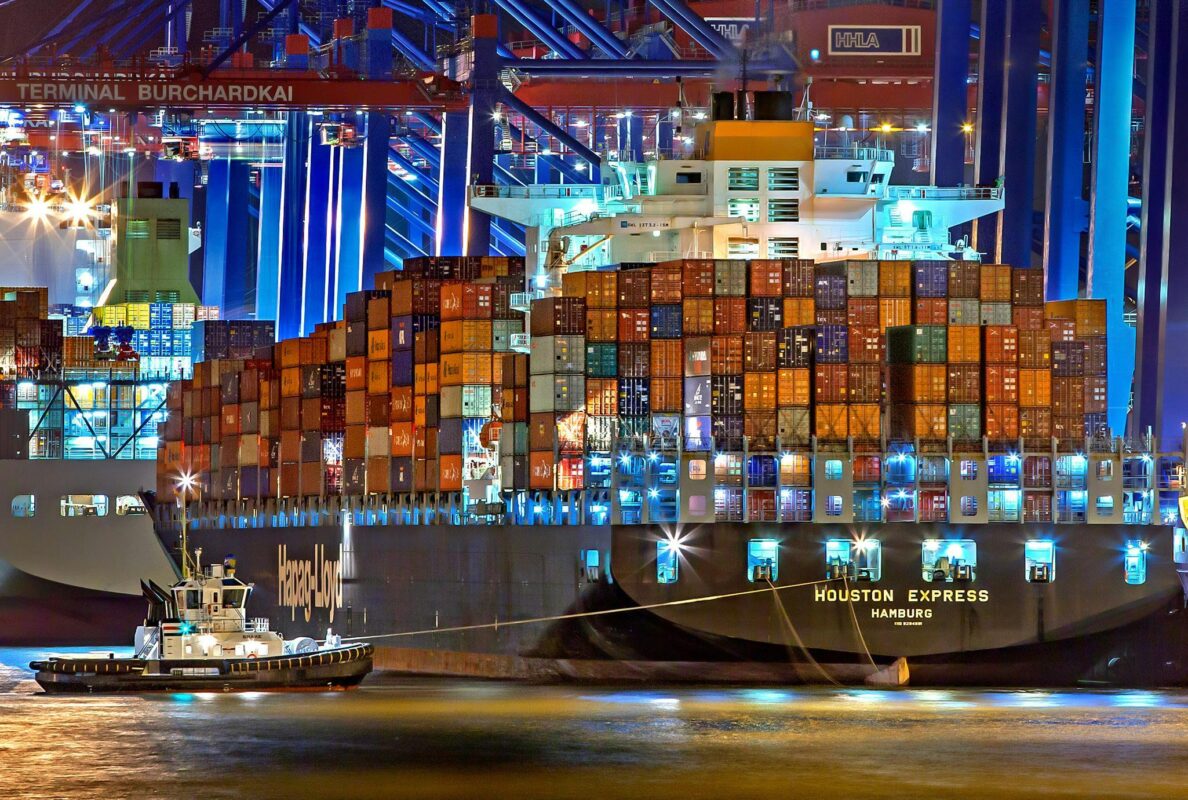In an industry as complex and essential as chemical supply, staying competitive requires continuous evolution. Digitisation is no longer an option but a necessity, particularly for chemical supply logistics companies navigating global disruptions and growing customer expectations. By integrating digital technologies into their operations, these companies can streamline processes, build resilience, and gain a competitive edge.
This blog explores how digitisation is reshaping the chemical supply chain and how businesses in this sector can harness its potential effectively.
The accelerating need for digitisation in chemical supply
The COVID-19 pandemic and geopolitical tensions have exposed vulnerabilities in global supply chains, prompting chemical players to expedite their digital transformation efforts. According to the EY DigiChem Survey 2022, more than 65% of chemical companies expect digitisation to have a revolutionary or disruptive impact on their operations within the next three years.
Two software start ups aiming to serve the chemical industry have raised $55m. Mstack, which raised $40m, aims to connect smaller, disparate chemical producers on a single, Amazon-like marketplace while Mstack handles the compliance, logistics and testing. Valdera raised the remaining $15m, with the intention of using AI alongside its raw material supplier database to help buyers make better decisions.
This shift highlights a significant departure from traditional methods, driven by the need to improve efficiency, reduce costs, and enhance customer centricity.
Strengthening supply chain resilience through technology
The chemical supply chain is inherently complex, involving multiple stakeholders, stringent regulations, and volatile market dynamics. Digitisation offers a pathway to navigate these challenges by enabling:
Demand forecasting and resource optimisation: advanced digital tools powered by artificial intelligence and machine learning can analyse vast amounts of data to predict demand patterns. This allows companies to optimise raw material procurement and minimise wastage.
Real-time tracking and automation: technologies like IoT facilitate real-time tracking of shipments, ensuring greater transparency and reliability. Automated sorting and safety checks at warehouses further streamline operations, enhancing speed and accuracy.
Network optimisation: digital platforms enable the creation of more resilient supply networks, adapting to fluctuating fuel prices and raw material shortages with agility.
The impact is clear: nearly 60% of respondents to the EY survey reported that digitalisation had significantly improved supply chain planning in the past three years.
Enhancing operational efficiency and security
Digitisation extends beyond logistics to enhance operational competitiveness. Key areas where chemical supply companies are leveraging digital technologies include:
Data integration and analysis: improved data integration enables companies to make informed decisions, optimise production schedules, and reduce downtime.
Cybersecurity: as digital operations grow, so does the risk of cybercrime. Cybersecurity is now a critical focus, particularly for petrochemical firms with extensive production facilities. Robust digital security frameworks safeguard sensitive data and operational continuity.
These advancements not only improve efficiency but also position businesses as reliable partners in a competitive marketplace.
Driving sustainability through digital transformation
Sustainability is an increasing priority for chemical companies, as customers demand greener solutions and regulatory pressures mount. Digitisation plays a pivotal role in enabling sustainability by:
Reducing resource and energy consumption: technologies like digital twins and IoT help monitor and optimise resource use, contributing to lower emissions and operational costs.
Achieving ESG goals: with over 80% of chemical companies prioritising sustainability on par with revenue growth, digital solutions expedite the implementation of environmental, social, and governance (ESG) initiatives.
These efforts align with the growing emphasis on creating sustainable, future-ready businesses.
Overcoming barriers to digitisation
While the benefits of digitisation are clear, the journey is not without its challenges. Companies often encounter hurdles such as:
Infrastructure development: building a robust technical infrastructure is essential but requires significant investment and expertise.
Talent acquisition: the demand for skilled personnel in digital technologies remains a critical issue, although it has lessened slightly since 2020.
Securing funding: balancing the cost of digitisation projects with operational priorities can be difficult, particularly for smaller firms.
Addressing these barriers requires a strategic approach, including partnerships with technology providers and targeted investments in training and infrastructure.
Embracing the future of chemical supply
Digitisation is revolutionising the chemical supply industry, offering unprecedented opportunities for efficiency, resilience, and sustainability. Companies that embrace digital transformation can streamline operations, mitigate risks, and enhance customer satisfaction.
For chemical supply logistics firms, leveraging these technologies is critical to navigating a dynamic global market and staying ahead of the competition. By prioritising digitisation across their value chains, businesses can not only meet current challenges but also build a foundation for long-term success.
If you have any queries about our chemical supply or have any other questions, get in touch with our support team.

